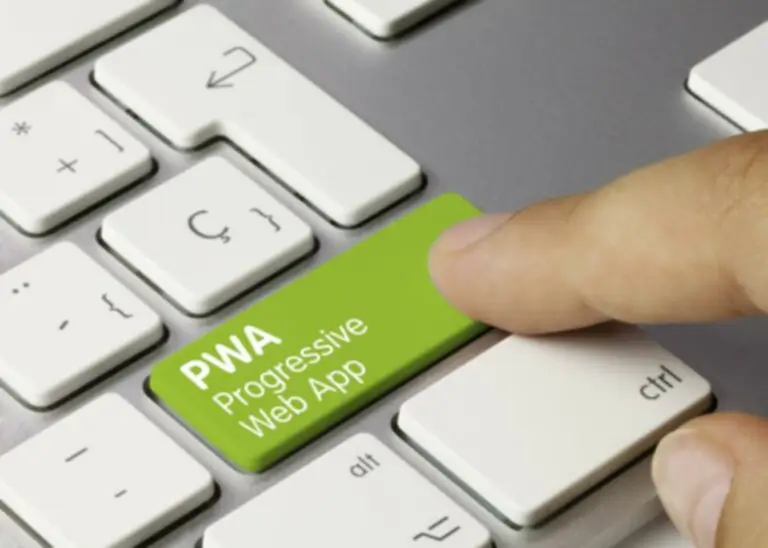Collaboration across teams—developers, architects, testers, and operations—ensures that these rules are considered from all essential perspectives and never overlooked. Business requirements outline the organization’s high-level aims, objectives, and desires. This class includes functional requirements and non-functional necessities.Transition requirements define which steps must be taken to implement the system successfully. By understanding the vital thing parts, benefits, and greatest practices for writing and managing practical necessities, teams can keep away from frequent pitfalls and obtain project success. Embracing instruments for documentation, participating stakeholders, and sustaining readability and precision are essential steps in this process.

Additionally, a useful requirements doc (FRD) is a dwelling document that evolves throughout the project. It outlines software functionality and efficiency expectations, serving as a basis for creating take a look at eventualities and validating the system’s meant function. Due To This Fact, making use of best practices in writing these documents is crucial for profitable software program improvement.
Non-functional Necessities
Useful requirements describe particular actions your product should what is a functional requirement perform, whereas non-functional necessities describe particular metrics it needs to hit, like efficiency and safety metrics. On the opposite hand, non-functional necessities (also often identified as «high quality necessities» or «quality attributes») are more abstract. They impose constraints on the implementation of the practical requirements in phrases of performance, security, reliability, scalability, portability, and so on. A user story describes software performance from the angle of the end user. In Agile project administration, consumer tales are stored in a backlog, and right now, they are regarded as the simplest format for organizing backlog tasks.
By implementing readability up front, the SRS ensures that everybody from enterprise to engineering operates with the identical expectations. Standardized sections—or “boilerplate”—promote and facilitate consistency across tasks, which is a major good thing about templates. These sections tend to remain little changed from project to project, and from staff to staff within an organization. They evolve only slowly over time with adjustments in methodology and lessons realized.

What Are Some Common Pitfalls In Defining Useful Requirements?
Grasping the distinction between enterprise requirements vs practical necessities is crucial for steering initiatives toward success. Useful requirements would describe features corresponding to account login, balance retrieval, transaction history and funds transfer. Nonfunctional necessities would specify response time thresholds, encryption protocols, accessibility standards and uptime guarantees.

As such, they should usually be stated in terms of what the product’s outputs do in response to its inputs. In basic, the first step in figuring out what a product does—what its features are—is to discover out its useful requirements. When writing requirements, ensure they’re complete and correct and avoid vagueness. At the identical time, avoid together with extraneous information which will confuse individuals. Use “must” instead of “should” as you write the requirements doc. Be consistent in the utilization of terminology and units, and be constant in the format and language used.
New data, feedback from stakeholders, or main market adjustments are simply a variety of the the reason why your requirements may change. You can use version management for requirement paperwork and you must meet with your group after you make modifications in order that everyone’s in the loop. And getting feedback from stakeholders will prevent misunderstandings that may derail your project. Visuals like these will make your requirements easier to understand, especially ai trust multi-step processes or advanced integrations. You should rank necessities by significance (e.g., must-have vs. nice-to-have) to keep the event process environment friendly.
- They make clear what have to be met for a consumer story to be considered complete, guaranteeing all necessary performance is included.
- They impose constraints on the implementation of the practical necessities by means of efficiency, security, reliability, scalability, portability, and so forth.
- Also, record all potential use case scenarios and add as many acceptance standards to your consumer stories as you’ll find a way to.
- This comparison has shown what is used to explain practical and non functional necessities.
- This may be achieved by enhancing hardware (e.g., adding memory or servers) or optimizing software program (e.g., knowledge compression).
It is constructed to offer precise useful requirements—along with steering to developers and testers—following evaluation and decomposition of the requirements in the PRD. Regardless of the form they take, the important thing to efficient functional and non-functional necessities is that they’re clear and as easy to understand as attainable. Each viewers is different, however in all instances the closer the requirements are to being in natural language, the higher.
These constraints have to be explicitly acknowledged to avoid scope creep or implementation conflicts later in the project. This section documents all required interactions with external parts. Earlier Than that basis can be relied upon, however, the SRS itself must be carefully constructed. That means understanding what components should be https://www.globalcloudteam.com/ included, how they relate to 1 another and why construction matters.
SecurityData safety rules are targeted on safeguarding the system from unauthorized entry, ensuring data safety, and sustaining the integrity of consumer roles. Documented through performance criteria, technical specifications, and so on. These are the requirements that the tip person particularly demands as fundamental amenities that the system ought to supply. All these functionalities need to be essentially integrated into the system as a part of the contract.